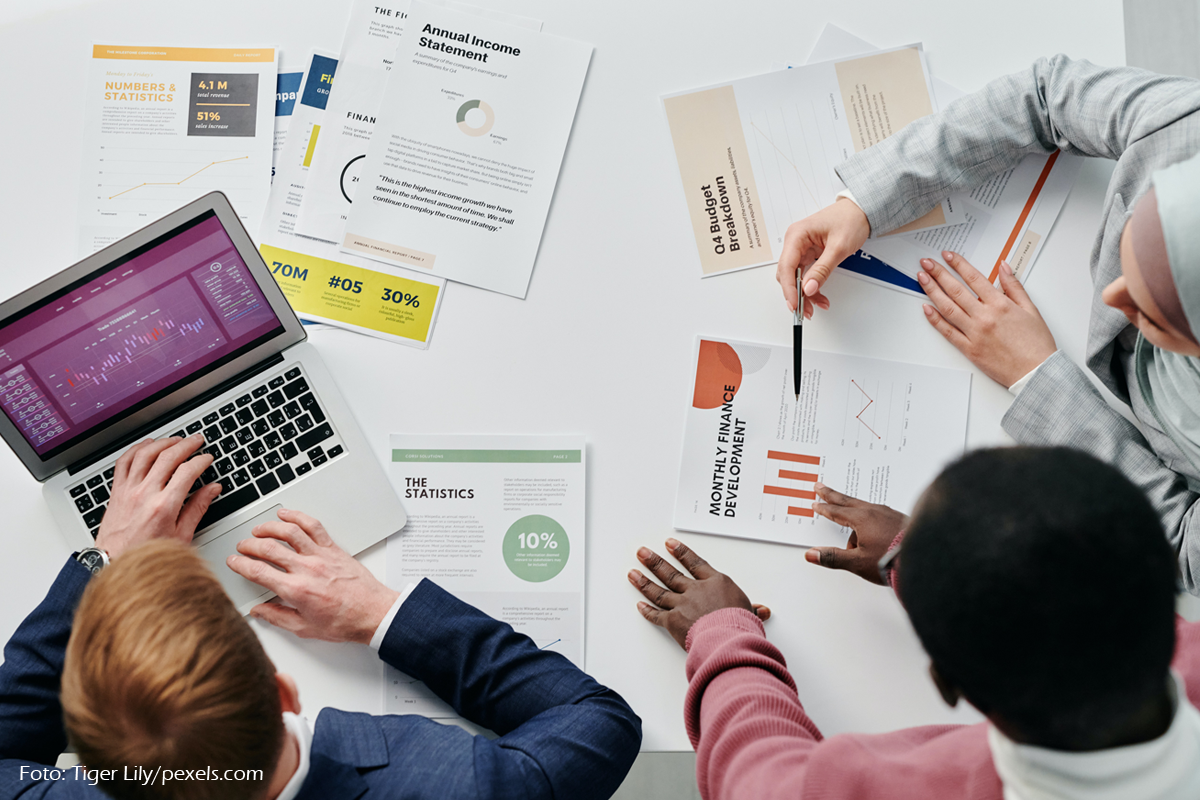Memahami Tiga Metode Harga Transfer Baru Dalam PP 55 Tahun 2022

Cara menentukan kewajaran suatu transaksi hubungan istimewa kini semakin beragam, setelah pemerintah merilis tiga metode penentuan harga transfer atau transfer pricing baru dalam Peraturan Pemerintah (PP) Nomor 55 Tahun 2022.
Sebagai informasi, harga transfer merupakan harga dalam transaksi yang dipengaruhi oleh suatu hubungan istimewa. Sehingga perlu dipastikan, penggunaan harga tersebut sudah sesuai dengan prinsip kewajaran dan kelaziman usaha dengan menggunakan metode-metode tertentu.
Dalam beleid yang mulai berlaku efektif pada 12 Desember 2022 tersebut terdapat tiga metode penentuan transfer pricing baru diantaranya, Pertama, metode perbandingan transaksi independen (comparable uncontrolled transaction).
Kedua, metode penilaian harta berwujud dan/atau harta tidak berwujud (tangible asset and intangible asset valuation). Ketiga, metode penilaian bisnis (business valuation).
Baca Juga: Pahami Prinsip Kewajaran Usaha dan Konsekuensinya Dalam Transfer Pricing
Ketiga metode itu melengkapi lima metode lain yang selama ini sudah lazim digunakan dan berlaku sesuai Pasal 18 ayat (3) Undang-Undang Nomor 36 Tahun 2008 tentang Perubahan Keempat atas Undang-Undang Nomor 7 Tahun 1983 tentang Pajak Penghasilan (PPh). Kelima metode itu diantaranya:
- metode perbandingan harga antara pihak yang independen (comparable uncontrolled price);
- metode harga penjualan kembali (resale price method);
- metode biaya-plus (cost plus method);
- metode pembagian laba (profit split method); dan
- metode laba bersih transaksional (transactional net margin method).
PP No 55 Tahun 2022 juga sekaligus menegaskan bahwa jenis metode lain tersebut dapat digunakan oleh Wajib Pajak dalam menerapkan prinsip kewajaran dan kelaziman usaha, tidak hanya dalam pelaksanaan Tata Cara Penerapan APA. Untuk memahami keberadaan ketiga metode anyar tadi, simak uraian di bawah ini:
1. Metode perbandingan transaksi independen
Sebetulnya, metode perbandingan transaksi independen atau comparable uncontrolled transaction (CUT) bukan metode yang benar-benar baru. Sebab, metode ini sudah ada sejak Amerika Serikat melakukan revolusi metode transfer pricing pada tahun 1994, melalui US Treas Reg. 1.482.
Umumnya, metode ini digunakan dalam menganalisis transaksi aset tidak berwujud (intangible asset), dengan cara membandingkan tingkat royalti yang disepakati antara kedua belah pihak terafiliasi, dengan tingkat royalti harta tidak berwujud sejenis.
Selain itu, penggunaan metode ini juga telah dijelaskan di dalam Paragraf 3.24 Organisation of Economic Co-operation and Development (OECD) Transfer Pricing Guidelines 2022 maupun Peraturan Menteri Keuangan (PMK) Nomor 22 Tahun 2020.
Baca Juga: OECD: 3 Pedoman Transfer Pricing yang Wajib Diketahui Perusahaan Multinasional!
Menurut OECD TP Guidelines 2022, CUT merupakan transaksi antara dua pihak independen yang sebanding dengan transaksi hubungan istimewa. Secara teknis dapat dilakukan menggunakan transaksi sebanding antar satu pihak afiliasi dengan pihak independen (data pembanding internal) atau antara dua pihak independen yang tidak terafiliasi (data pembanding eksternal).
Adapun menurut PMK Nomor 22 Tahun 2020, metode CUT dapat dilakukan dengan membandingkan harga atau laba transaksi terhadap basis tertentu, antara transaksi yang dipengaruhi hubungan istimewa dan independen, seperti suku bunga, diskonto, provisi, komisi dan persentase royalti terhadap penjualan atau laba operasi.
2. Metode penilaian harta berwujud dan/atau harta tidak berwujud
Keberadaan PP 55 tahun 2022 sebetulnya menegaskan kembali penggunaan metode penilaian harta berwujud dan tidak berwujud sebagai salah satu metode yang dapat digunakan untuk menganalisis kewajaran transaksi afiliasi.
Sebab, penggunaan metode ini pada dasarnya telah diatur dalam Surat Edaran DJP Nomor SE-05/PJ/2020, sebagai rangkaian kegiatan untuk menentukan nilai tertentu atas objek penilaian pada saat tertentu.
Penilaian tersebut dilaksanakan secara objektif dan profesional berdasarkan suatu standar, untuk melaksanakan ketentuan peraturan perundang-undangan di bidang perpajakan termasuk analisis kewajaran usaha.
Selain itu, penggunaan metode ini juga telah diatur dalam PMK 22 Tahun 2020 sebagai standar penilaian yang berlaku untuk transaksi hubungan istimewa dengan karakteristik tertentu seperti:
• transaksi pengalihan harta berwujud dan/atau harta tidak berwujud;
• transaksi persewaan harta berwujud;
• transaksi sehubungan dengan penggunaan atau hak menggunakan harta tidak berwujud;
• transaksi pengalihan aset keuangan;
• transaksi pengalihan hak sehubungan dengan pengusahaan wilayah pertambangan dan/atau hak sejenis lainnya; dan
• transaksi pengalihan hak sehubungan dengan pengusahaan perkebunan, kehutanan, dan/atau hak sejenis lainnya.
3. Metode penilaian bisnis
Metode penilaian bisnis (business valuation) sebelumnya telah dijelaskan di dalam PMK 22 Tahun 2020, yaitu metode yang dapat digunakan untuk menilai karakterisik transaksi yang dipengaruhi hubungan istimewa antara lain sebagai berikut:
- transaksi sehubungan dengan restrukturisasi usaha, termasuk pengalihan fungsi, aset, dan/atau risiko antar Pihak Afiliasi;
- transaksi pengalihan harta selain kas kepada perseroan, persekutuan, dan badan lainnya sebagai pengganti saham atau penyertaan modal (inbreng); dan
- transaksi pengalihan harta selain kas kepada pemegang saham, sekutu, atau anggota dari perseroan, persekutuan, atau badan lainnya.
Menunggu Aturan Teknis
Sayangnya, tambahan tiga metode tersebut belum didukung dengan peraturan turunan yang menjelaskan petunjuk teknis penerapan masing-masing metode tersebut.
Meski demikian, pengenalan metode baru di atas menjadi catatan baik bagi wajib pajak karena menunjukkan komitmen pemerintah dalam mengatasi risiko transfer pricing dengan memperluas opsi metode kepada wajib pajak.


